Extreme Turbulence in Singapore Airlines flight 321
Fear of Landing
MAY 24, 2024
A few days ago (21st of May 2024), Singapore Airlines flight SQ321 encountered heavy turbulence on a passenger flight from London-Heathrow to Singapore. Flightradar24 has also posted the granular ASD-B data, available in various formats including this graph which shows the turbulence event at 07:49 UTC.

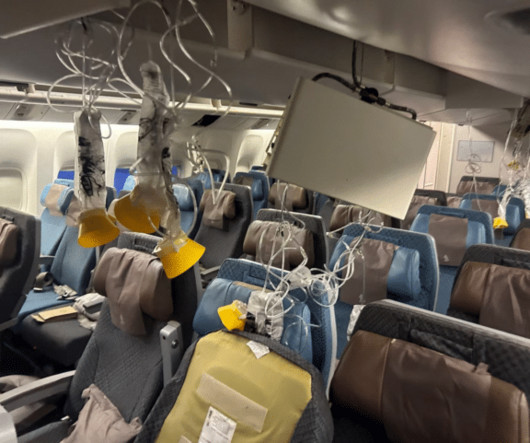

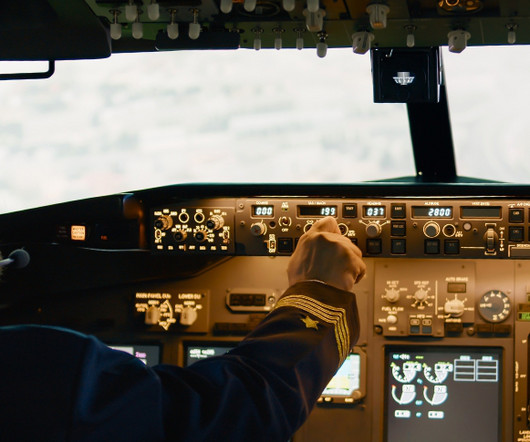

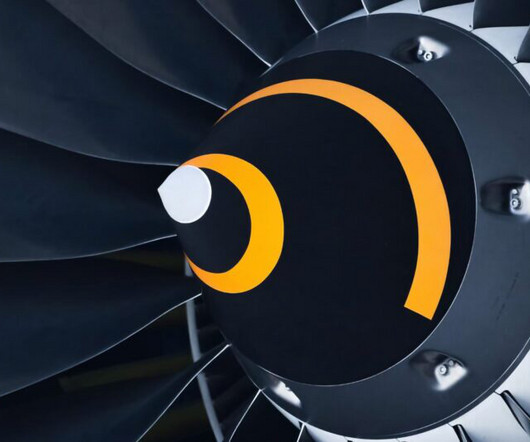
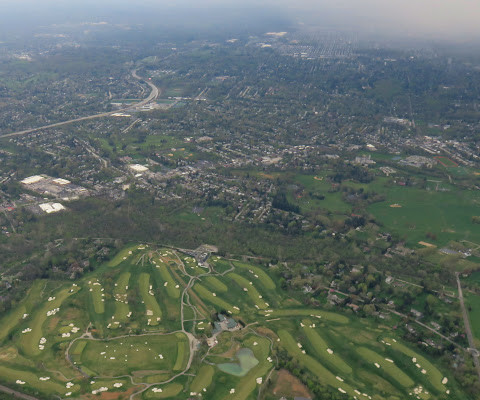

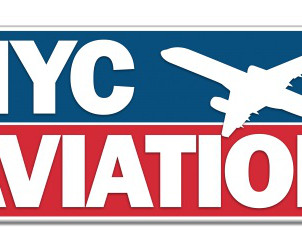







Let's personalize your content